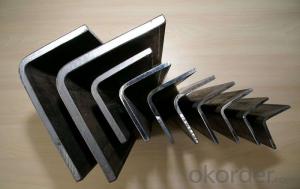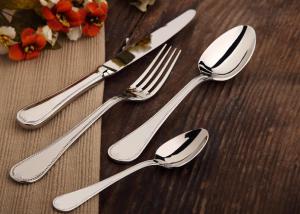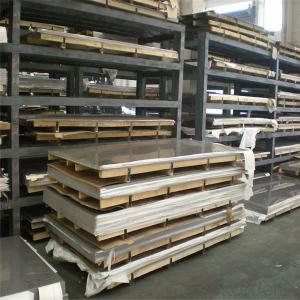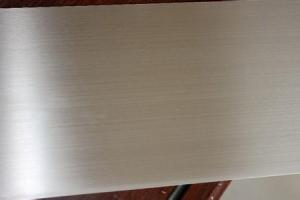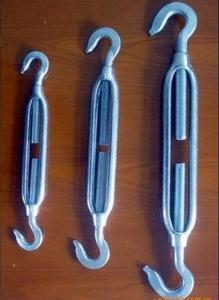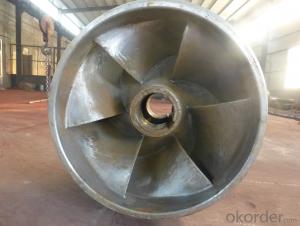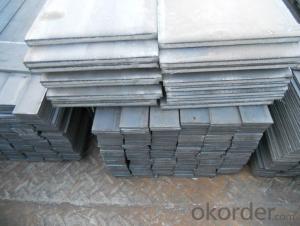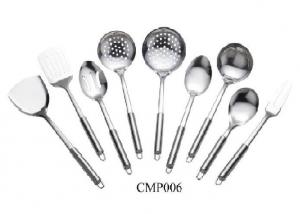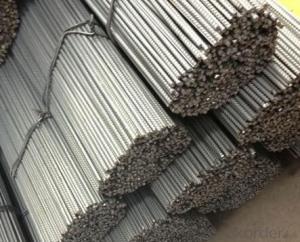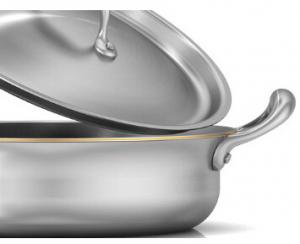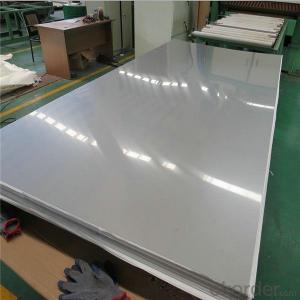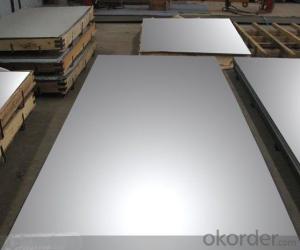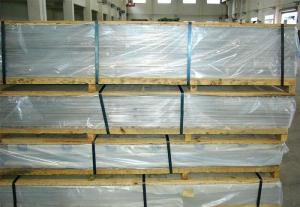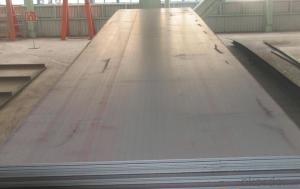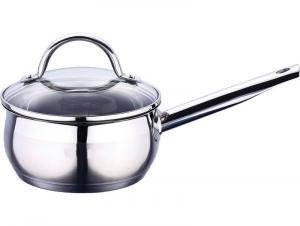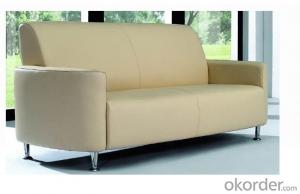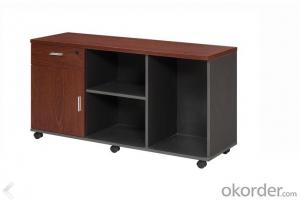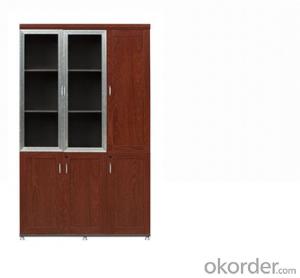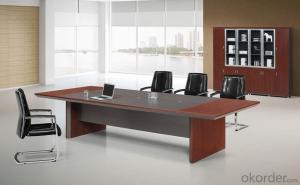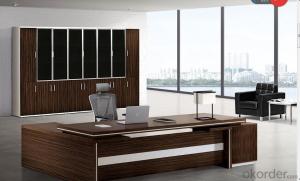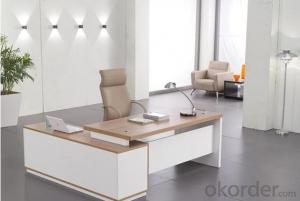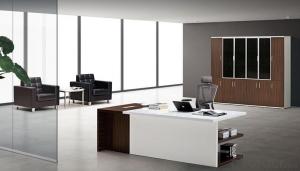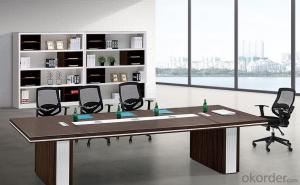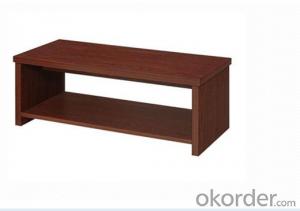Stainless Steel Weights
Stainless Steel Weights Related Searches
Stainless Steel Weight Weight Of Stainless Steel Stainless Steel Shelves Stainless Steel Jewelries Stainless Steel Conveyors Stainless Steel Baskets Stainless Steel Sets Stainless Steel Elements Stainless Steel Counters Stainless Steel Strength Stainless Steel Metals Stainless Steel Luggage Stainless Steel Jewelery Stainless Steel Numbers Stainless Steel Jewellery Stainless Steel Wall Shelves Stainless Steel Shelving Stainless Steel Strainers Stainless Steel Kitchens Stainless Steel Materials Stainless Steel Gauges Stainless Steel Headers Stainless Steel Per Pound Stainless Steel Tanks Stainless Steel Price Per Kg Stainless Steel Hardness Stainless Steel Thermos Stainless Steel Canisters Stainless Steel Tankers Stainless Steel KnivesStainless Steel Weights Supplier & Manufacturer from China
Stainless Steel Weights are precision instruments made from high-quality stainless steel, designed to provide accurate and reliable measurements in various industries. These weights are known for their durability, resistance to corrosion, and ability to maintain their calibration over time, making them an ideal choice for applications that require precise weight measurements. They are available in a wide range of sizes and capacities to suit different needs and requirements.Stainless Steel Weights are widely used in various industries, including manufacturing, pharmaceuticals, food processing, and scientific research. They are particularly useful in situations where there is a need for precise measurements, such as in quality control processes, calibration of weighing equipment, and laboratory experiments. These weights can be used on various types of scales, including bench scales, platform scales, and counting scales, ensuring that they can be easily integrated into existing systems and workflows.
Okorder.com is a leading wholesale supplier of Stainless Steel Weights, offering a vast inventory of these precision instruments to cater to the needs of businesses and organizations worldwide. With a commitment to quality and customer satisfaction, Okorder.com ensures that each Stainless Steel Weight is manufactured to the highest standards and undergoes rigorous testing before being shipped to customers. This ensures that users can rely on the accuracy and reliability of these weights in their day-to-day operations, providing them with the confidence that their measurements are precise and consistent.
Hot Products




